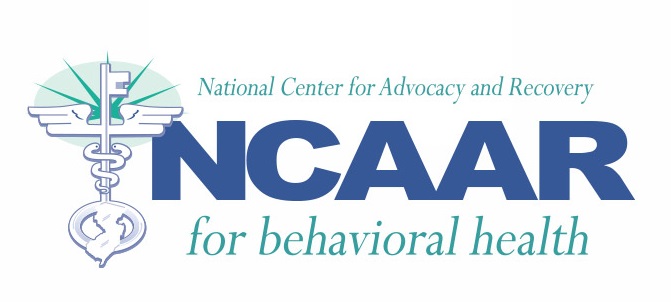Given only three minutes each to make their case, NCADD-NJ
advocates focused on issues such as recovery communities, bridging the
treatment gap, and the state’s Good Samaritan Bill, which would give immunity
to anyone calling 911 to give care to some who overdosed.
Some leaders told their stories through the analogy of
addiction and the devastation left in the wake of Hurricane Sandy. This image
helped illustrate the wreckage associated with addiction as a chronic disease. It
crystallized the fact that addiction not only affects the addicted, it changes
the course of the lives for their children, parents and loved ones. A chance at
recovery can mean the difference between a sad and hopeless life for a child and
one filled with hopes and dreams.
NCADD-NJ Advocacy
Leader Kathy Brown explained how her 14 years of long-term recovery afforded
her a career as an adjunct professor and her three children a decent life. One of
her children just passed the bar exam to become a lawyer. Many would agree this
is a testament to the domino effect of recovery.
 |
| NCADD-NJ Leader, Cindya Mercado |
Another NCADD-NJ advocate,
Cindya Mercado, who helps to run the first state Recovery Center at Eva’s
Village in Paterson, told her touching story of addiction and recovery. It is
because of her journey that she is able to help hundreds of others in this effective
recovery community center of which we need so many more.
Concerning the treatment gap, the Leaders presented the alarming
statistic that some 800,000 people in NJ are in need of treatment, yet only
5-7% of them receive it. People are dying in part because waiting lists for
treatment are just too long. Many who need treatment have to hope that a fellow
addict doesn’t show up for treatment just so they have a chance at life.
Parents spoke up who have lost their children as a result of
an overdose, which may have been prevented if a law such as the recently vetoed
Good Samaritan Bill had been in effect. Although DHS cannot control the
Governor’s veto, it doesn’t hurt to voice these tragic truths publically to help
change attitudes and move the policy forward.
Some of NCADD-NJ staff drove home the reality that they are
living proof that many people who suffer from the disease of addiction
absolutely DO recover and lead productive lives. In order to see more of these
successes we need additional treatment dollars for quality treatment and recovery
centers to begin to meet the demand for many who have not even had one chance
at recovery. I can only hope that these words impacted the decision makers-as
they touched me - when the budget hearing was over and decisions for the FY
2014 are being made.
Dorene Kinloch
NCADD-NJ Communications Specialist &
Staff Writer
